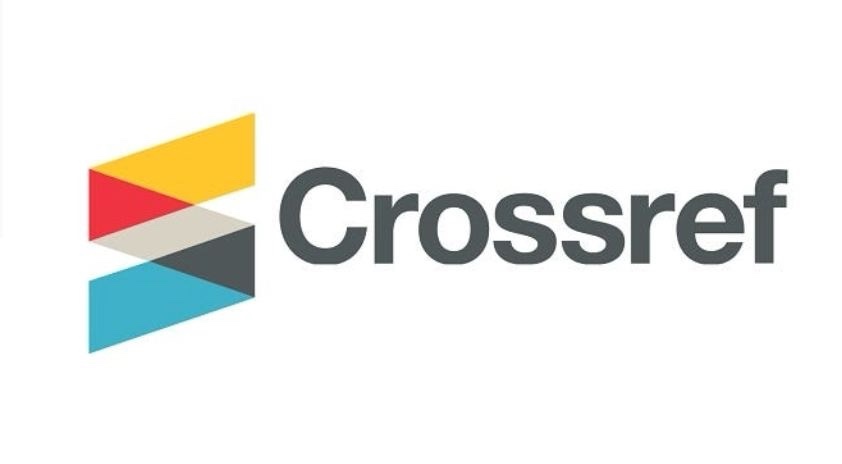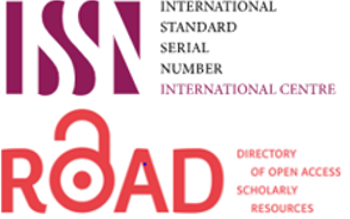Evaluation of Adolescents' Quality of life in Hilla City
DOI:
https://doi.org/10.58897/injns.v30i1.261Keywords:
Evaluation, Adolescents, Quality of lifeAbstract
Objective(s): The present study describes the quality of life (QOL) among adolescents with age of (12-22) year old and identifies factors that may be associated with it. Methodology: A cross-sectional design is carried throughout to evaluate adolescents' quality of life in Hilla City for the period of September 2nd 2016 to November 6th 2016. The present study is conducted in different settings that include schools and colleges in Hilla City. A non-probability "purposive" sample of (144) participant is selected and comprised of (50%) males and (50%) females. An instrument is constructed for the intent of the study. It is contained of two sections: First, the demographic characteristics sheet (7) items of age, gender, education, parents' education, parents' occupation, properties and monthly income, and second, the evaluation of adolescents' quality of life measure (10) items of physical prosperity, mental prosperity, inclinations and feelings, self-observation, independence, guardians relations and home life, social support and companions, school condition, social acknowledgment and subsidization. Content validity of the instrument is determined through panel of (10) experts and the internal consistency reliability is estimated through application of Spearman rank correlation coefficient of (r=0.92). Data are collected through the use of the study instrument and the interview technique as means for data collection. Data are analyzed through the application of descriptive statistical data analysis approach of frequency and total scores. A total score of (52-121= low quality of life), (122-191= moderate quality of life), and (192-260= high quality of life) is obtained for the evaluation of adolescents' quality of life. Furthermore, inferential statistical data analysis approach is consisted of Chi-square test. Results: The study findings indicate that the majority of the adolescents have experienced moderate level of quality of life. The analysis depicts that there is no significant association between adolescents' quality of life and their demographic characteristics of age, gender, education, mother's occupation and father's education. Except father's occupation and mother's education which are significantly associated with adolescents' quality of life. Recommendations: The study recommends that quality of life-oriented programs can be designed and implemented to adolescents of all age groups. School and college curriculum should include courses about quality of life. Parents can be involved in the early stated programs. Further research can be conducted nationwide on large sample size with different characteristics.















